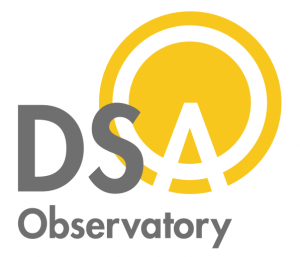After almost two years, the DSA has entered into force. In the mean time, a new legislative proposal has been published by the Commission in September 2022: the Media Freedom Act (MFA). Both regulations caused a lot of debate, about – among other things – the so-called “media exemption”. This media exemption could give media a special position, as they would get prior notice from platforms before content moderation decisions. The exemption did not make it into the DSA, but the debate around the exemption has been revitalized with the newly proposed Article 17 MFA, which seems similar to the earlier discussed exemption. In this blog post, we will look into how the MFA tries to define “media service providers”, what Article 17 MFA actually entails and if the critical commenters calling Article 17 MFA the new media exemption can be justified. We will see that this discussion is a bit more complex, mainly due to the complicated interplay between the MFA and the Platform to Business (P2B) Regulation.
